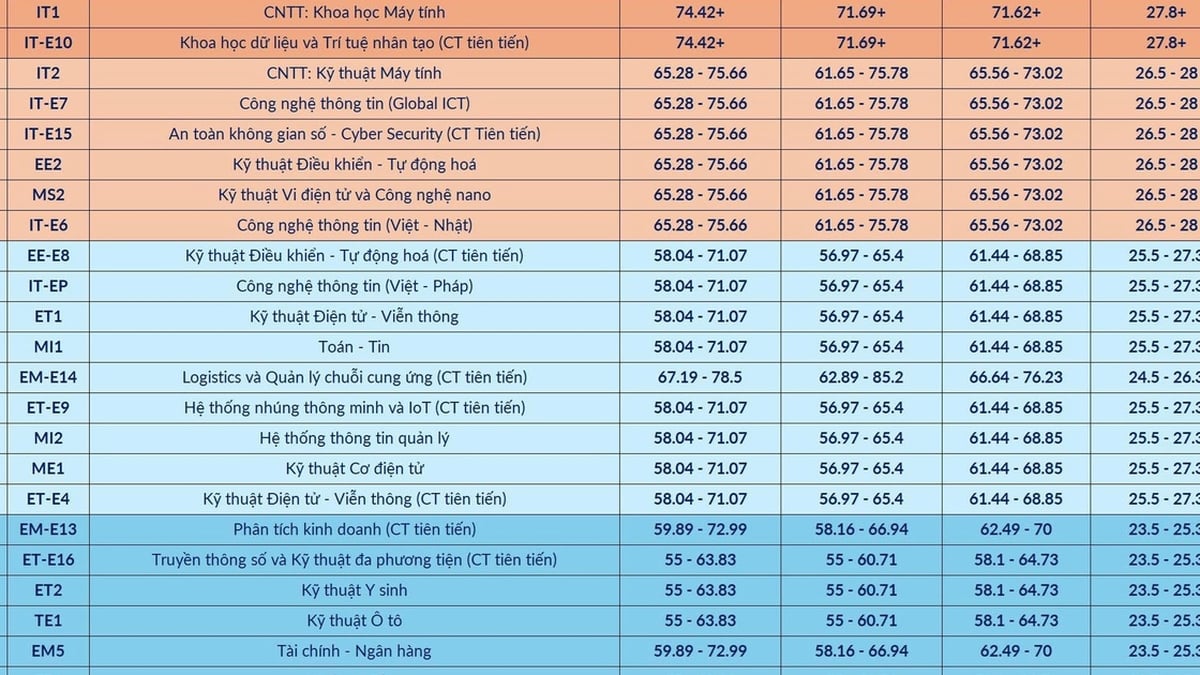Located in the tropical monsoon region, Ha Tinh is a province greatly influenced by the transitional climate of the North and the South, with the typical tropical climate of the South and a cold winter of the North, so the weather and climate in Ha Tinh are very harsh. Every year, Ha Tinh has two distinct seasons.
Located in the tropical monsoon region, Ha Tinh is a province greatly influenced by the transitional climate of the North and the South, with the typical tropical climate of the South and a cold winter of the North, so the weather and climate in Ha Tinh is very harsh. Every year, Ha Tinh has two distinct seasons:
- Rainy season:
Average annual rainfall ranges from 2500 mm to 2650 mm. The rainy season lasts from March to October, with rainfall accounting for 75% of the total annual rainfall.
- Summer:
From April to October, this is the hot sunny season, with dry, hot southwest winds (blowing from Laos), the largest evaporation is from May to August. The average monthly temperature is from 24.70C (April) to 32.90 (June). The highest temperature can reach 38.5 - 400C.
In the past 5 years (2011-2015), Ha Tinh's climate has been more complex than in the period 2006-2010. The complexity of weather and climate is shown in many characteristics:
* Regarding temperature: The temperature has a clear increasing trend, from 1959 to 2010 the average annual temperature in Ha Tinh area increased by about ≈ 1.00C. In general, summer temperature increases faster than winter, in recent years (2011-2014) the average temperature increased compared to the decade 2001-2010 by about 0.30C.
* About rainfall: The trend of average annual rainfall change in the province is quite clear in different periods and regions. Average rainfall (2011-2014) compared to the period (1959-2010) is deficient in most areas (3-7%). Average rainfall in the period 2006-2010 is 182.4 mm, while average rainfall in the period 2011-2015 is 191.9 mm.
There are also significant changes in humidity, evaporation... and the unusual appearance with higher frequency, stronger intensity, and complex movement of storms and tropical depressions due to the impact of climate change.





















































































![[Infographic] In 2025, 47 products will achieve national OCOP](https://vphoto.vietnam.vn/thumb/402x226/vietnam/resource/IMAGE/2025/7/16/5d672398b0744db3ab920e05db8e5b7d)














Comment (0)